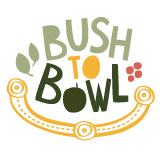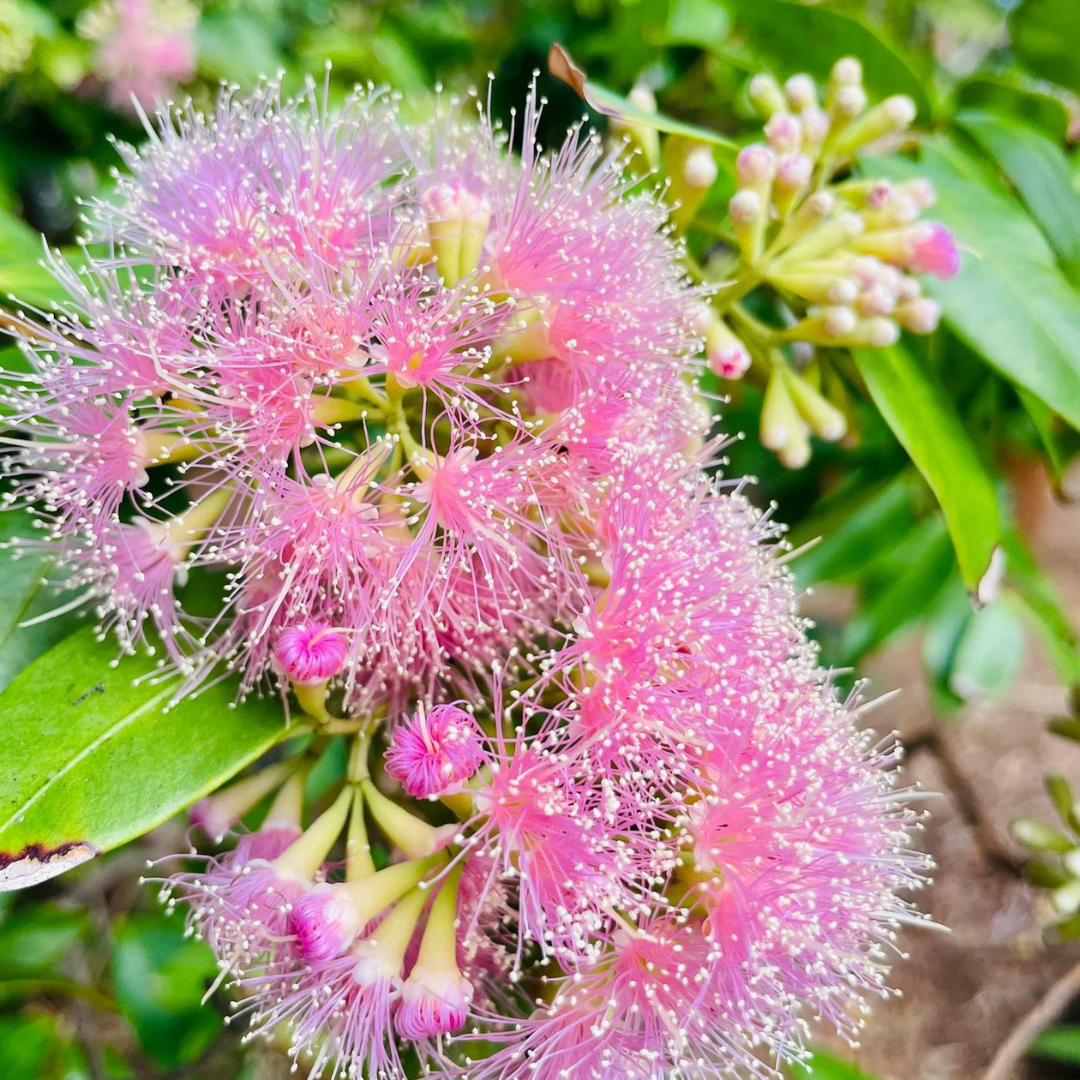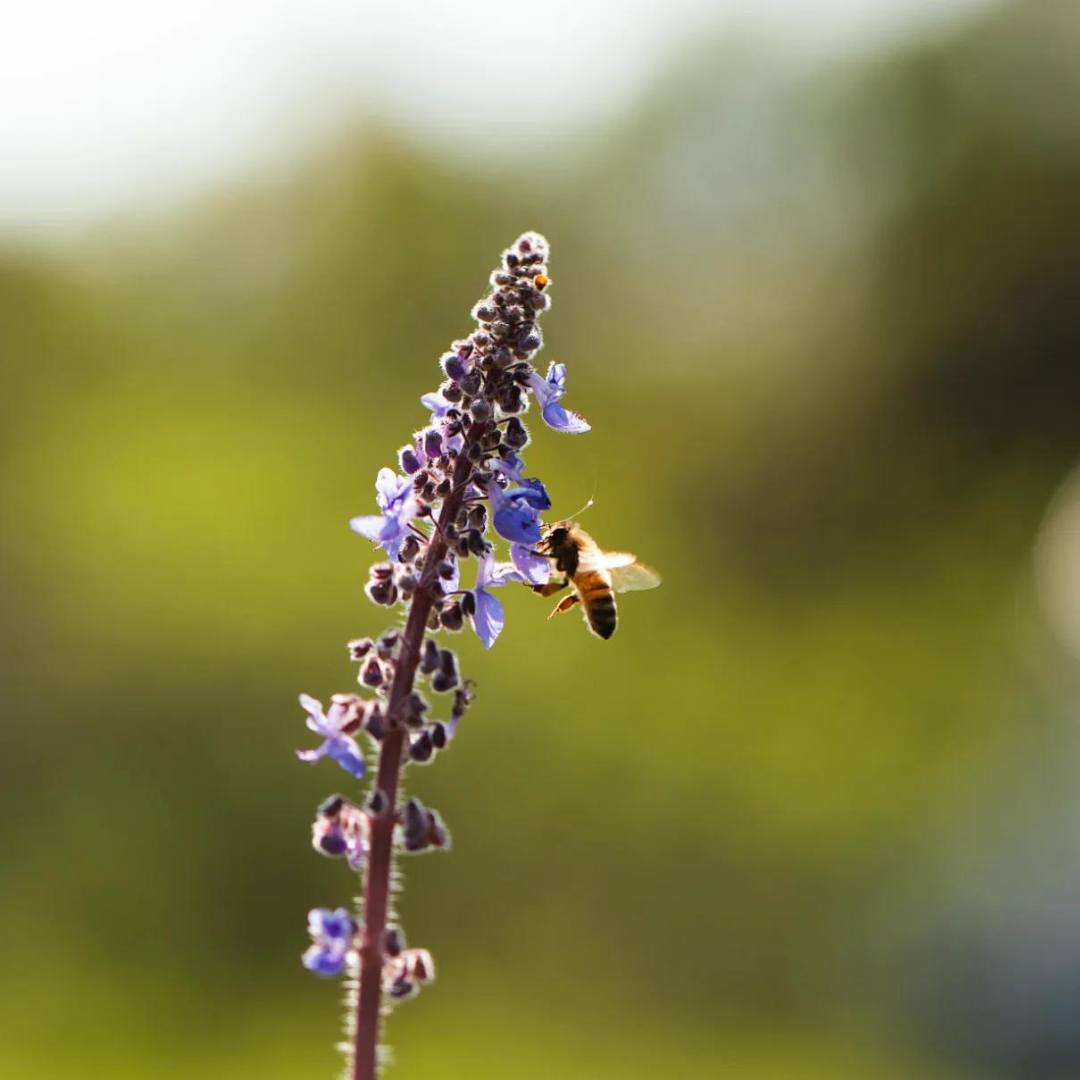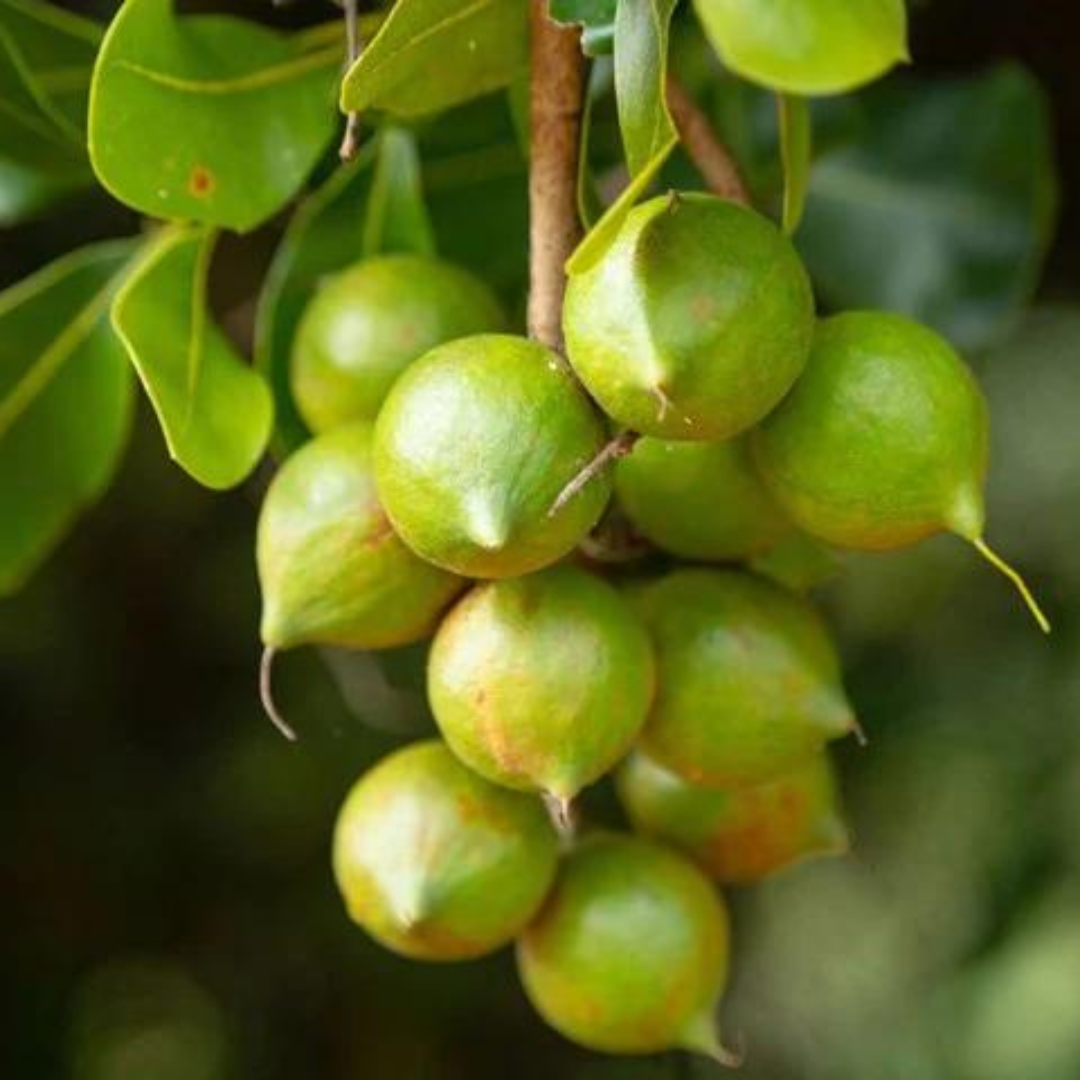Guide to planting and care for native plants.
When it comes to gardening, there's a growing interest in cultivating native plants. Native plants are indigenous to a specific region and have evolved to thrive in that particular environment. By growing native plants in your garden, you can create a habitat that supports local wildlife and contributes to the overall biodiversity of your area. If you're a beginner and interested in incorporating native plants into your garden, this article is for you. We'll provide you with all the essential information you need to know about growing and caring for native plants.
- Research and Choose Native Plants:
Before you start your native plant garden, it's great to research which plants are native to your specific region. Consider factors such as climate, sunlight, and soil conditions. Understanding the unique requirements of each plant will help you select the right ones for your space. Native plant nurseries, online resources, and local horticultural societies are excellent sources of information for finding native plant species that are well-suited to your area. Our team is always more than happy to help.
- Prepare the Soil:
Once you've chosen your native plants, it's time to prepare the soil. Native plants generally prefer well-draining soil, so ensure you have adequate drainage and high amount of organic compostable materials ie barks and leaf litter. By mimicking the natural conditions found in their native habitats, you'll create an ideal environment for these plants to flourish.

- Planting Native Plants:
When it comes to planting native plants, follow these simple steps:
- Dig a hole twice the width and depth of the plant's container.
- Gently remove the plant from its container, being careful not to damage the roots.
- Place the plant in the hole, ensuring that the top of the root ball is level with the surrounding soil.
- Backfill the hole with soil, pressing gently to eliminate any air pockets.
- Water the plant thoroughly immediately after planting and provide regular watering until it becomes established.
- Provide Proper Care:
Native plants are generally low-maintenance; however, providing them with the proper care during their early stages of growth is essential. Here are some tips:
- Mulch: Apply a layer of organic mulch around the base of each plant to maintain moisture, suppress weeds, and protect the roots.
- Watering: While native plants are adapted to local conditions, they may still require supplemental watering, especially during periods of drought. Aim to provide deep, infrequent waterings rather than frequent shallow waterings.
- Pruning: Regularly inspect your plants for any dead or diseased foliage and prune as necessary. Pruning will help maintain the plant's shape and encourage new growth.
- Fertilizing: Native plants generally do not require heavy fertilization. Avoid over-fertilizing, as it can lead to excessive growth and nutrient imbalances. If necessary, use a slow-release organic fertilizer sparingly. Seasol is a great organic and easy option for garden and pots.
- Encourage Wildlife:
One of the great benefits of growing native plants is their ability to attract and support local wildlife. Create a diverse garden by incorporating a variety of native plants that provide food and shelter for birds, butterflies, and other beneficial insects. Consider installing birdbaths, bird feeders, and butterfly houses to further enhance your garden's wildlife habitat.

Growing and caring for native plants is a rewarding experience that benefits both your garden and the environment. By selecting native species that are well-suited to your area, preparing the soil properly, and providing the necessary care, you can create a beautiful and sustainable garden that supports local biodiversity. Remember to research, plan, and be patient as you embark on this exciting journey of native plant gardening. Happy gardening!




